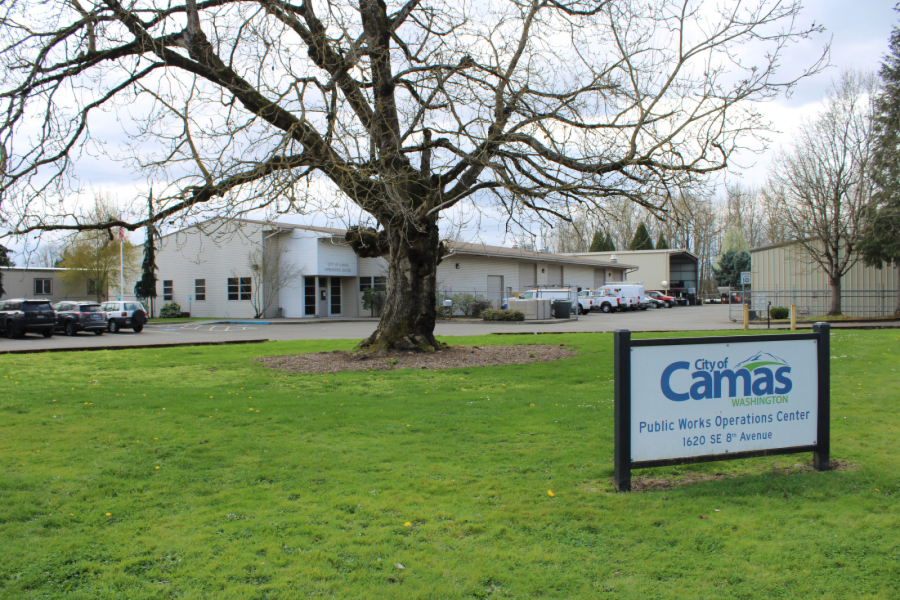Camas utility customers will soon pay more for their city utilities.
On Monday, Dec. 4, the Camas City Council voted to adopt utility rate increases for a five-year period beginning in 2024.

Camas utility customers will soon pay more for their city utilities.
On Monday, Dec. 4, the Camas City Council voted to adopt utility rate increases for a five-year period beginning in 2024.